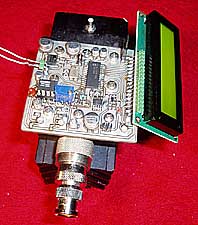 30 W Digital Wattmeter for RF (0-500MHz)
30 W Digital Wattmeter for RF (0-500MHz)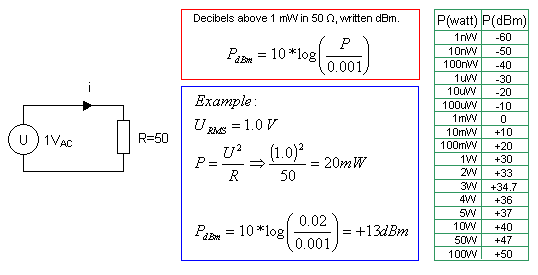

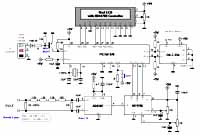 Let's look at the schematic at the RF-Input.
Let's look at the schematic at the RF-Input.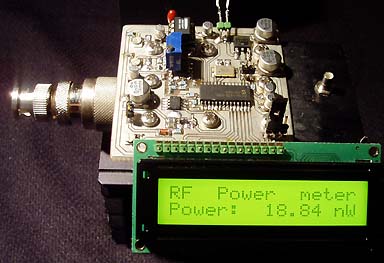 Since the Rin was 91.66 ohm we can calculate the scaling resistor of the ladder.
Since the Rin was 91.66 ohm we can calculate the scaling resistor of the ladder.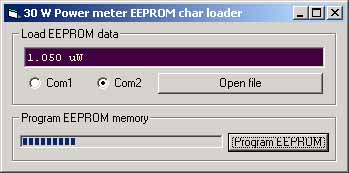 This is the Window software I use to load the EEPROM. The software is quit simple. Connect the
wattmeter to the the computer via RS232-cable. Choose Com1 or Com2. Click Open file button and
choose the file called "data.txt" which contains the pre calculated table.
This is the Window software I use to load the EEPROM. The software is quit simple. Connect the
wattmeter to the the computer via RS232-cable. Choose Com1 or Com2. Click Open file button and
choose the file called "data.txt" which contains the pre calculated table.
| 30w_meter.zip | PIC software (the hex files are zipped!) |
Download windows software + data.txt (table) XP Version 30w.zip (3.9Mb) |
|
Click here to go to the software download page! |
|